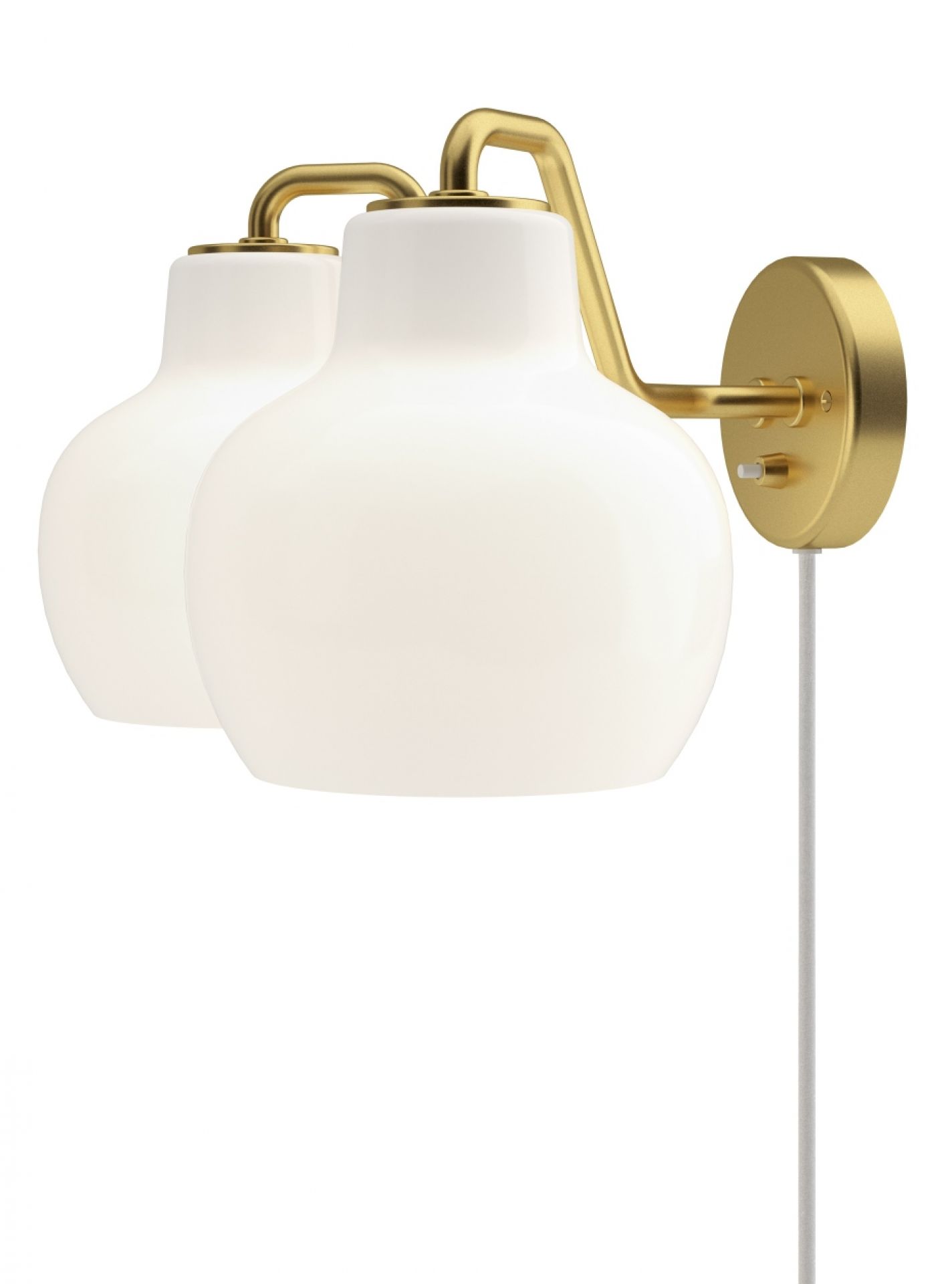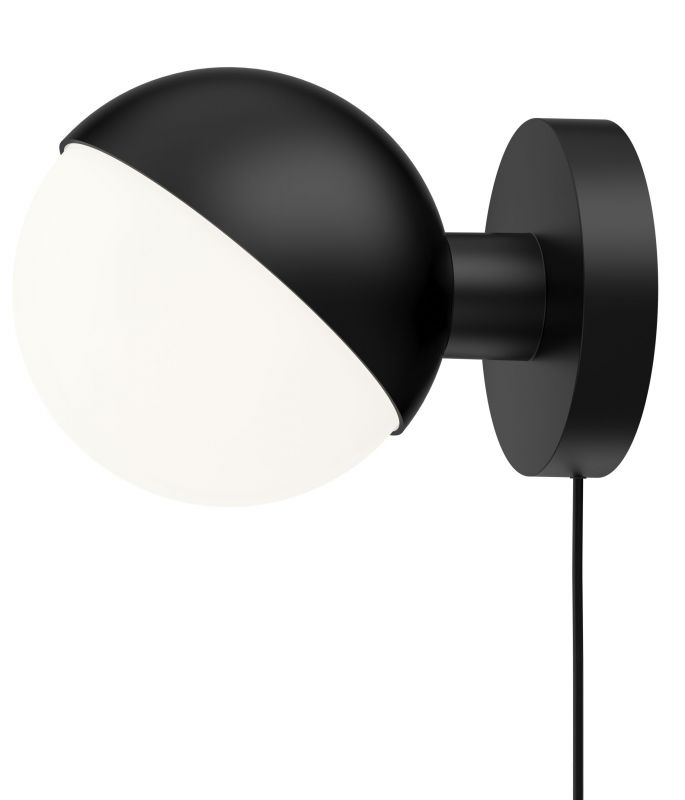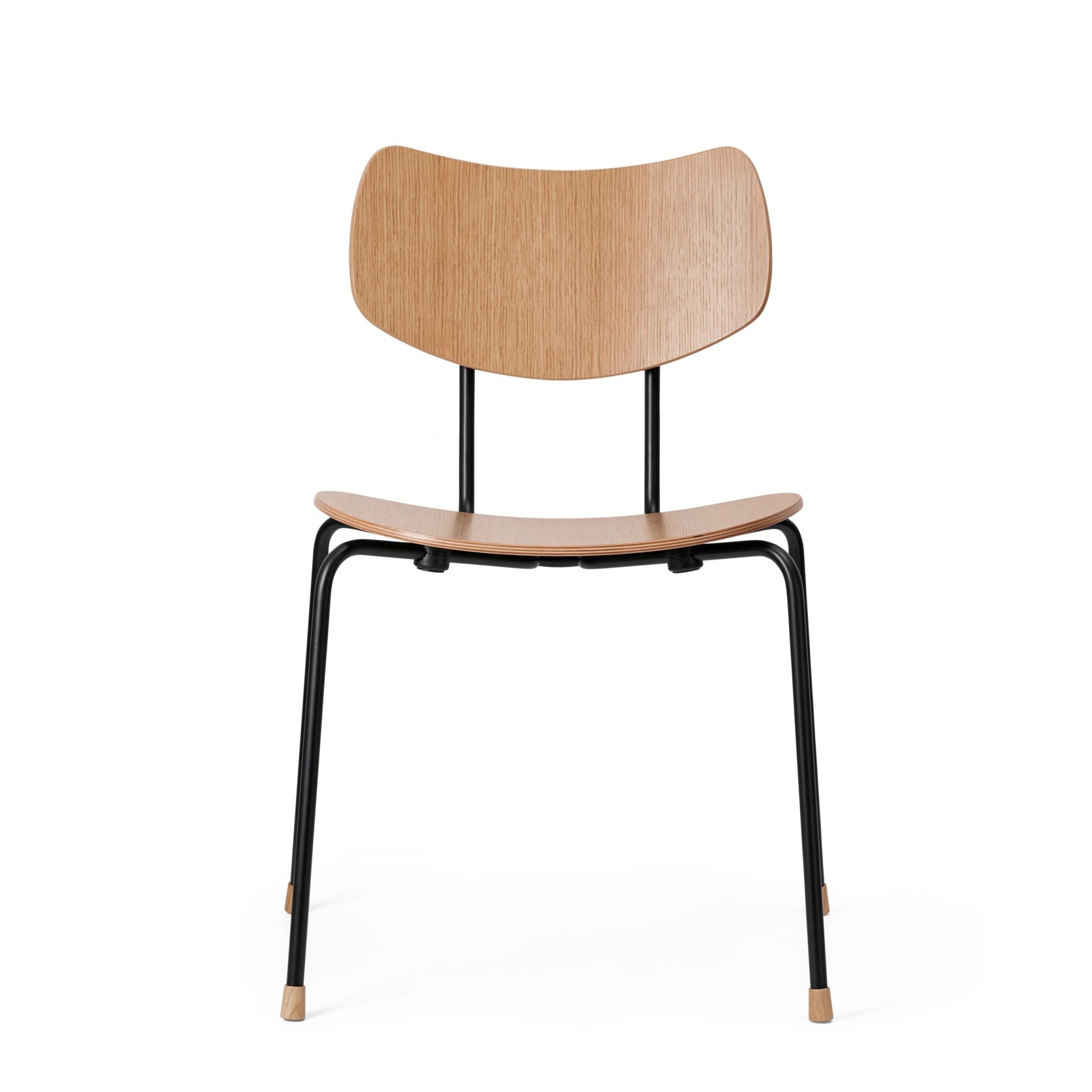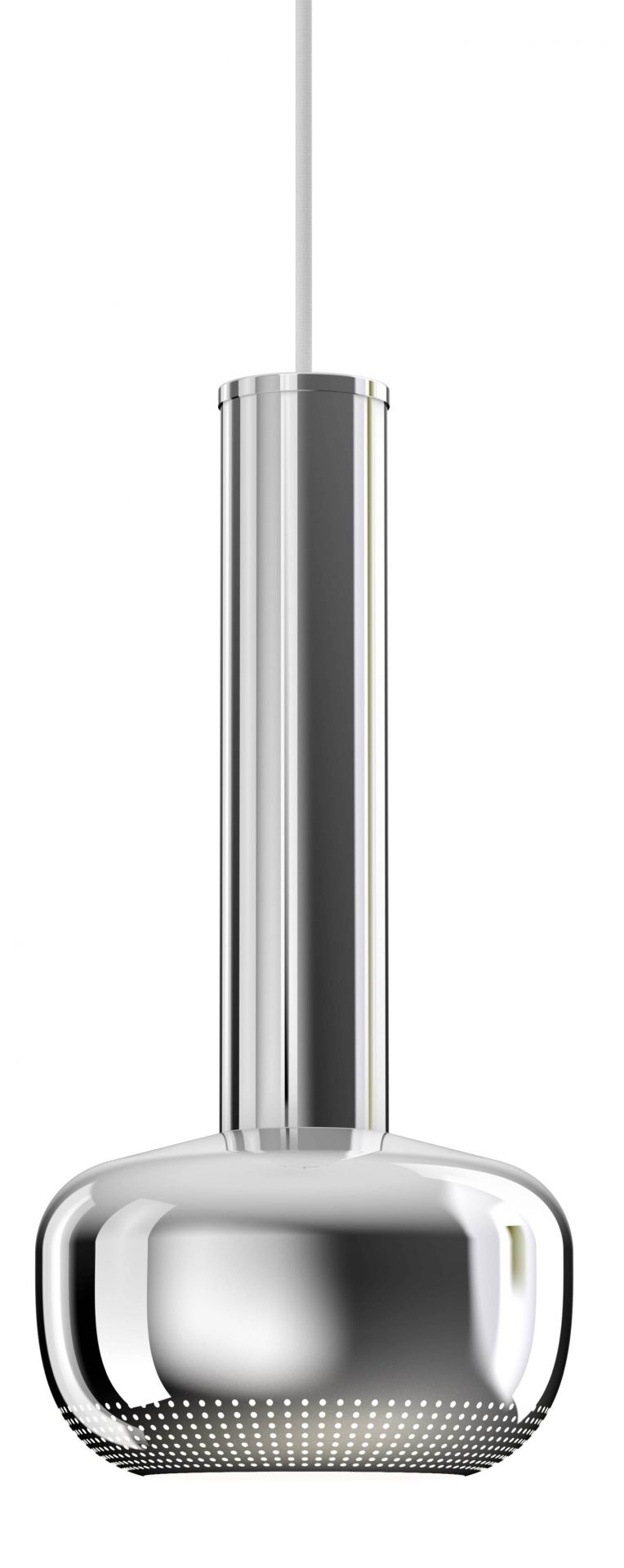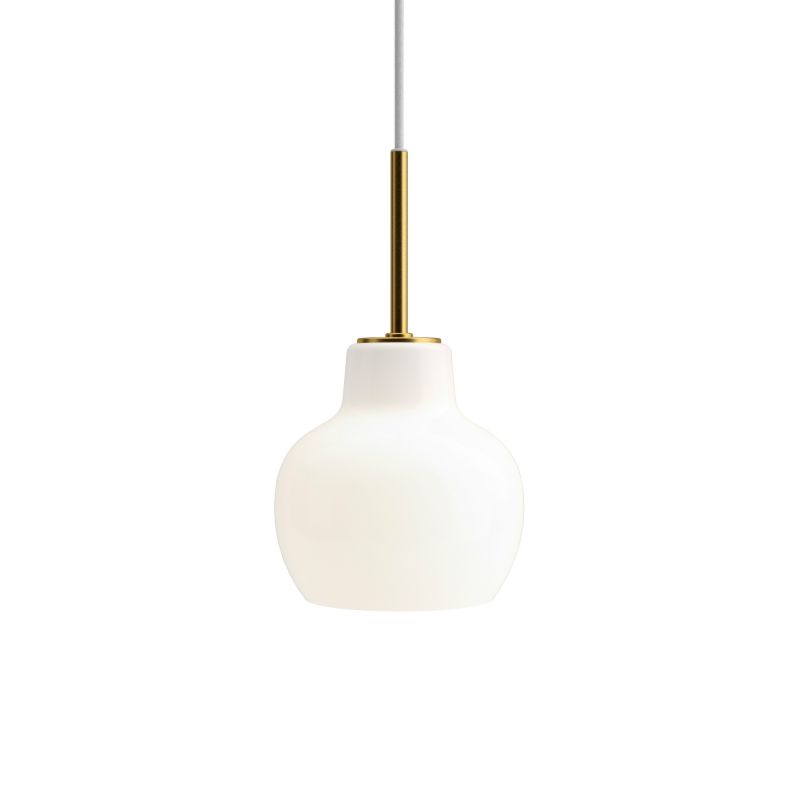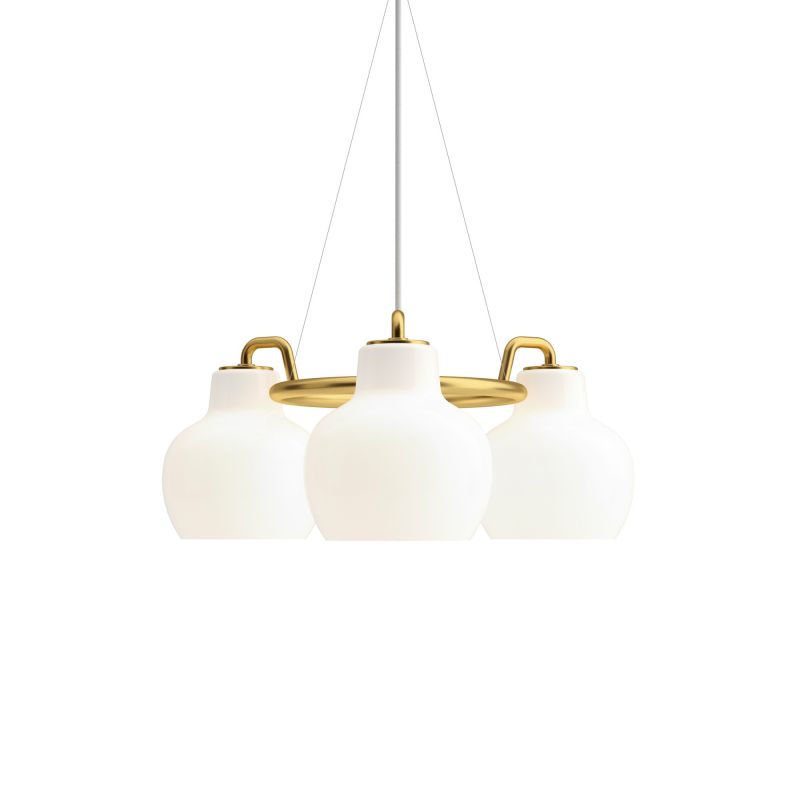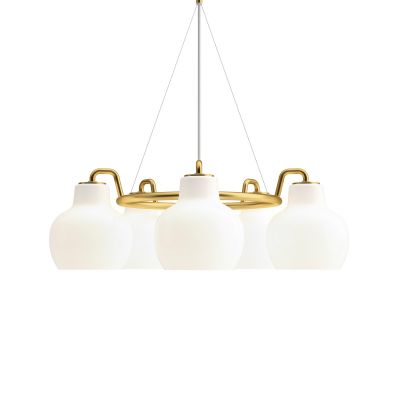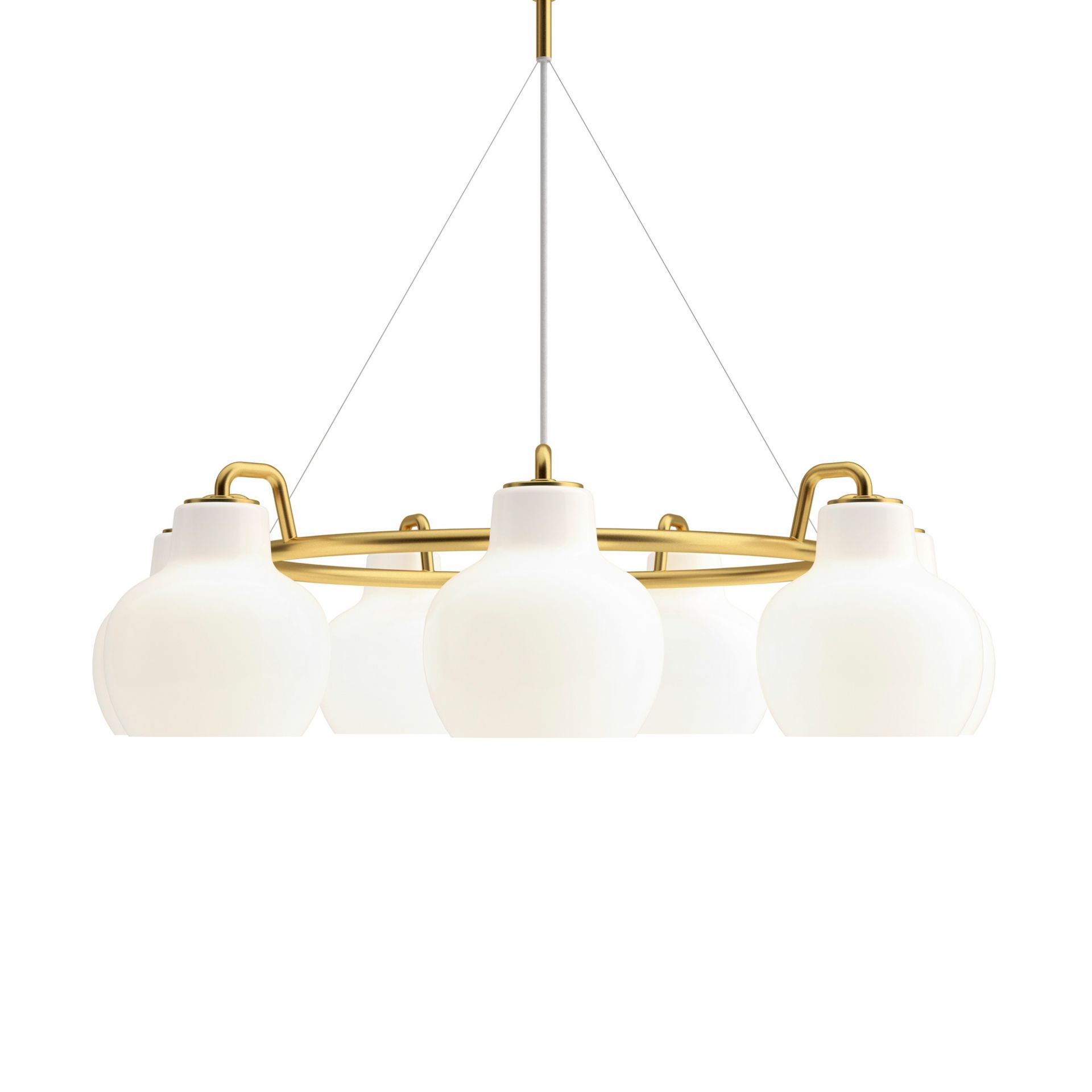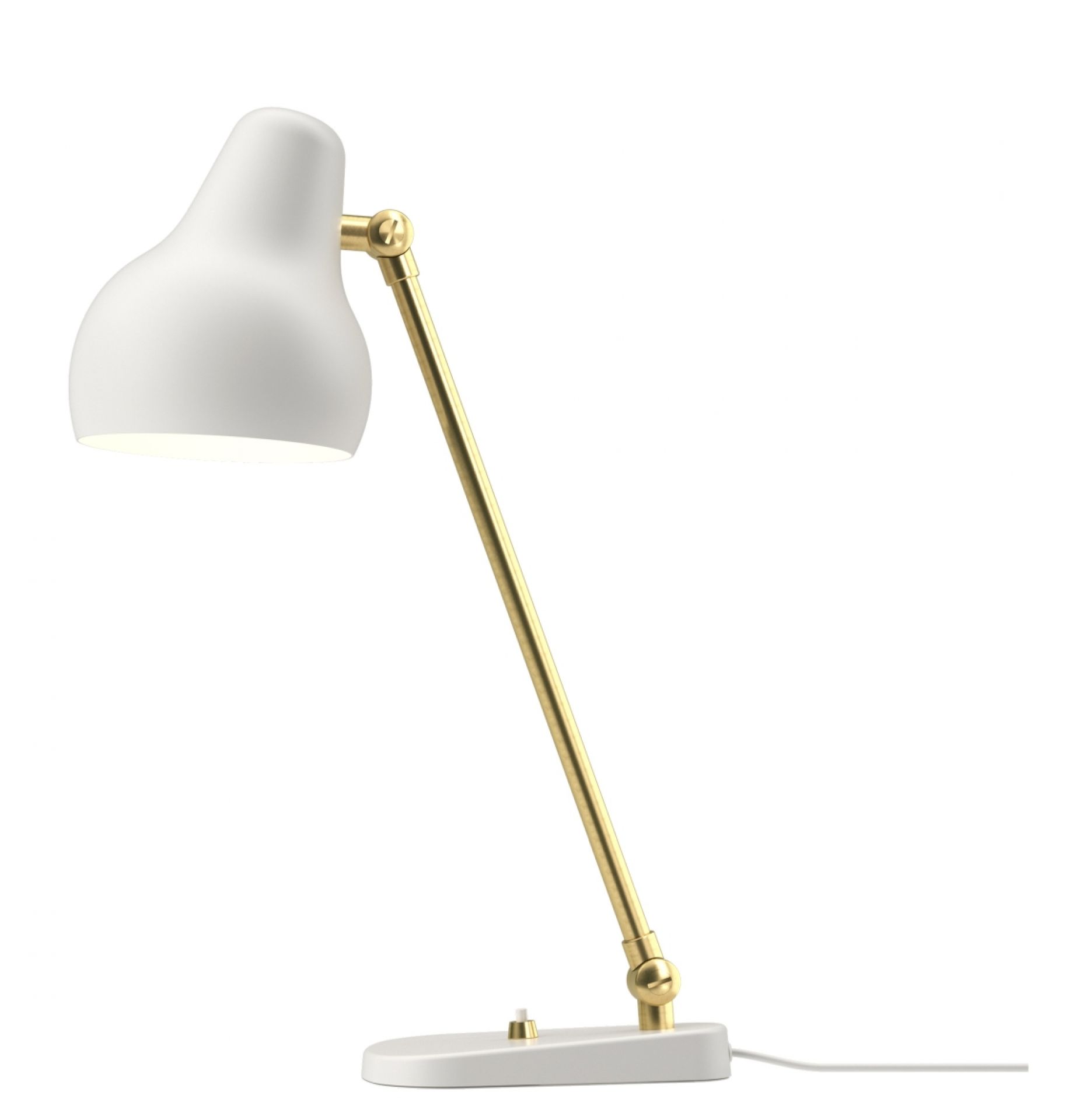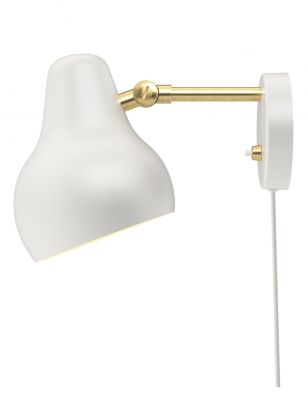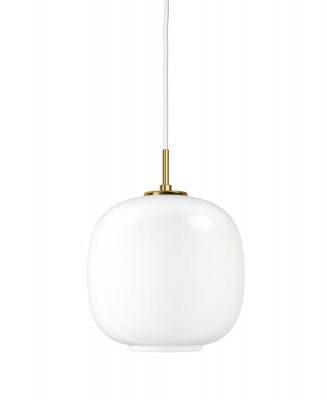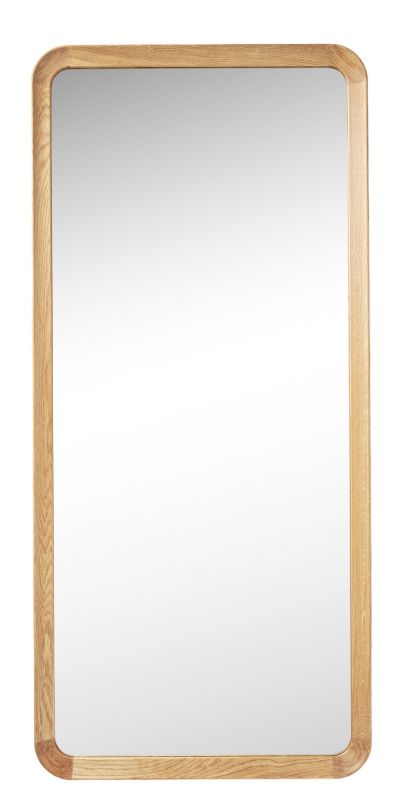Vilhelm Lauritzen
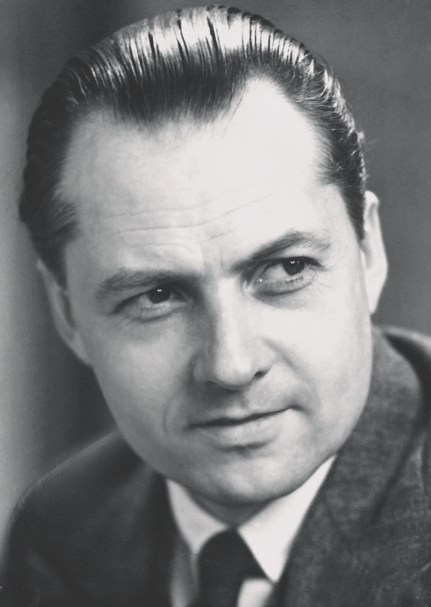
"No life without aesthetics." - Vilhelm Lauritzen
Vilhelm Lauritzen, one of the most important Danish architects, was born in Slagelse in 1894. He studied at the Royal Danish Academy of Fine Arts in Copenhagen and founded his own architectural office "Vilhelm Lauritzen Arkitekter" after graduation. Many of his buildings, such as the listed Radiohuset broadcasting house and the terminal of Copenhagen's old airport, are considered milestones of modernism in European architecture and were strongly influenced by Danish functionalism.
A characteristic feature of Vilhelm Lauritzen's architectural work is the constant inclusion of daylight. With the help of deliberately placed windows, he made use of both sunlight and skylight to break down the boundaries of space. Through the resulting sculptural light, he gave contour and nuance to people and furnishings alike. It is therefore not surprising that Lauritzen regarded architecture as applied art and attached great importance to aesthetics in his work alongside all functionality.
In addition to his buildings, Vilhelm Lauritzen is also widely known for his exciting luminaire designs. The first luminaire from his hand was the Universal Pendant Lamp, which he developed in the late 1920s for Fritzsches Glashandel. In the mid-1940s, Louis Poulsen included Lauritzen's first luminaire for the Danish Broadcasting House in its catalogue. Parallel to his building projects, his luminaire portfolio grew increasingly in the following decade.
Vilhelm Lauritzen's lighting objects not only decorate a large number of the buildings he designed, they also follow the same architectural idea. With his designs, he created a purposeful interplay of light and shadow, hardness and softness, by combining a strong, shadow-casting light with a nuanced, diffuse light. A functionalist through and through, Lauritzen also devoted himself throughout his life to the further development and improvement of his luminaires.
US$354.45* US$260.24*
In stock
US$494.37* US$419.75*
In stock
US$760.21* US$536.34*
In stock


